How hot do headers get?
Replacing the large header helps the engine have better air circulation, increased performance and maximum fuel saving. Regarding a car’s 4-stroke cycle, the engine can generate all of its power throughout the journey. Usually, the gasoline in the cylinder will burn and expand.
Headers get hot during this process of releasing gas. Depending on how fast you drive and for how long you are driving their normal temperature could be around 600°-900°F, but can get as high as 1500°F. The range of temperature depends on some key factors.
- The ignition and valve timing both have a significant impact on headers. If the timing is late temperature can get as high as 1300°F
- When a car is running out of gas the temperature reaches its highest level and gets as high as 1400°F
- When the acceleration is hard the temperature could be around 1000°F
What are Headers?
Headers are a bolt-on accessory that is used to increase the performance of an auto engine. When the exhaust gas is released from the cylinders it creates a back pressure resulting in the engine to lose power. They enable each cylinder to have their own exhaust pipe which connects at a point to build a bigger pipe called the collector.
Different Types of Headers
1. Long tube header
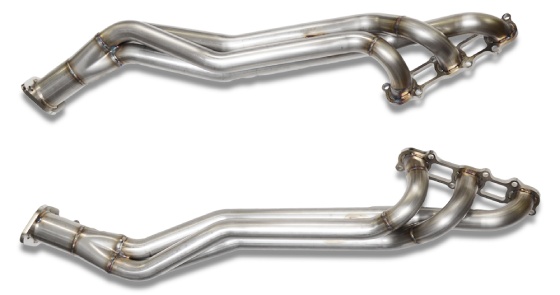
A long header offers the best engine performance and saves more fuel compared to other types. They have 4 tubes and are mostly used in 8 cylinder engine cars to increase horsepower and torque.
This type of header helps the engine to produce more power even in moderate and medium RPM ranges. At the same time, they also help your vehicle to reduce the risk of sucking back escaping gasses into different pipes.
2. Shorty header

It is a line of spray tubes for the upper RPM range. Compared to a long header they create less noise and are merged into one exhaust pipe.
They have shorter primary tubes and a smaller overall size than long tube headers, which makes them a good choice for street-driven vehicles.
3. Tri -Y header
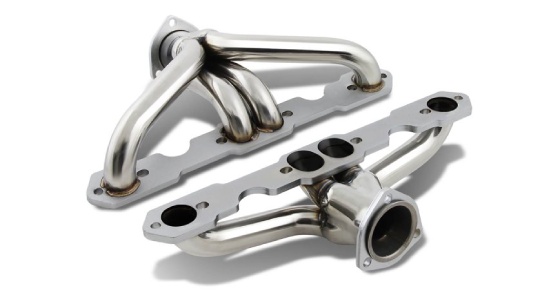
Tri-Y headers are designed to provide a balance of low-end torque and high-end horsepower.
They feature a unique design that includes a four-into-two-into-one configuration, which helps to improve exhaust flow and reduce backpressure.
4. 4-1 headers
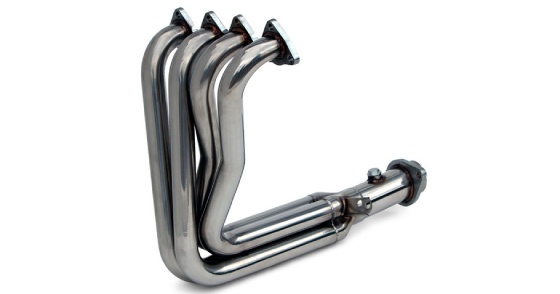
4-1 headers, also known as equal length headers, are designed to provide equal length primary tubes for each cylinder. This helps to improve exhaust flow and reduce back pressure for increased horsepower and torque.
5. Header-back exhaust systems
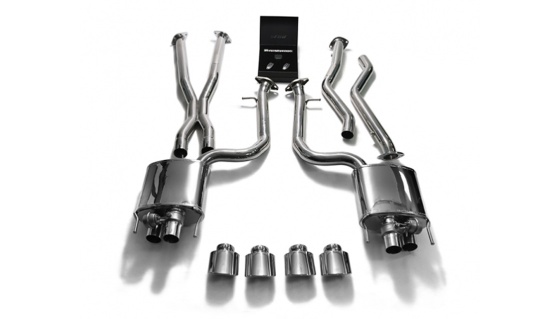
A header-back exhaust system includes both headers and a full exhaust system that runs from the headers all the way to the rear of the vehicle. This type of system helps improve exhaust flow and performance across the entire exhaust system.
Header Wraps and Their Heat Control Properties
Wrappers consume the heat of the pipe and help to keep the engine bay temperature down, which helps protect the surrounding components from overheating. But they may cause rust in headers.
However, ceramic coating can protect headers from corrosion and increase their heat resistance properties. Proper coating provides better engine performance and guarantees a long service life of the car.
How to Pick the Right Type of Header for Your Car?
This depends on several factors, including the following:
1. Material
Headers are typically made of steel, stainless steel, or ceramic-coated steel. Stainless steel headers are more durable and resistant to corrosion than steel headers, while ceramic-coated headers offer better thermal insulation.
2. Diameter
The diameter of the headers affects exhaust flow and performance. Headers with larger diameters can increase exhaust flow and boost performance, but smaller diameter headers will be better for low-end torque.
3. Configuration
Headers come in several configurations, including short tube, long tube, and mid-length. Short tube headers are good for low-end torque while long tube headers are better for high-end power. Mid-length headers offer a balance between the two.
4. Brand and model
Different brands and models of headers perform differently on different vehicles and engines. You need to do your research and read reviews to find the best headers for your specific car and engine.
5. Legal considerations
It is important to check your local laws and regulations regarding exhaust modifications before installing headers. Your area may have restrictions on the type of headers or exhaust systems allowed.
FAQs
1. What happens if I run my car without a header?
Ans. A car may pull in the outside air when the exhaust valve is shut if it runs without a header. As the outside is cooler it might affect the exhaust and cause cracking.
2. Are headers bad for my engine?
Ans. Headers help to increase the engine power and gas mileage, so they cannot harm your engine. But they can potentially cause problems if they are not installed or used properly.
For instance, if installed wrong, they can cause exhaust leaks. There can be vibrations and rattling if not properly aligned with the rest of the exhaust system.
They can also generate a significant amount of heat, which can cause damage to nearby components if they are not properly shielded. Also, they can potentially affect emissions control systems, which can cause your car to fail emissions testing.


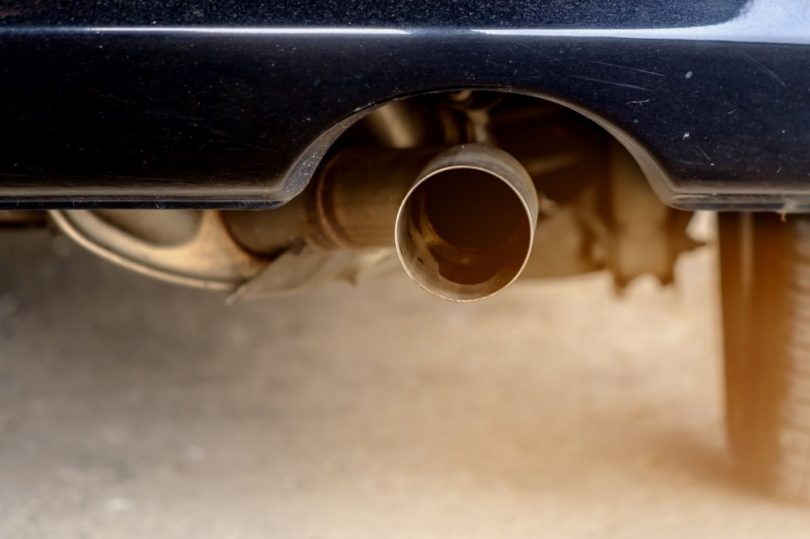

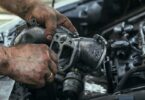
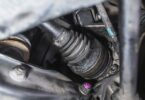

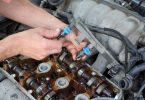
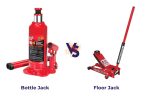

Leave a Comment